

Yellow fever is an epidemic-prone mosquito-borne vaccine preventable disease that is transmitted to humans by the bites of infected mosquitoes. Yellow fever is caused by an arbovirus (a virus transmitted by vectors such mosquitoes, ticks or other arthropods) transmitted to humans by the bites of infected Aedes and Haemagogus mosquitoes. These day-biting mosquitoes breed around houses (domestic), in forests or jungles (wild), or in both habitats (semi-domestic). Yellow fever is a high-impact high-threat disease, with risk of international spread, which represents a potential threat to global health security.
There are 3 types of transmission cycles. The first is sylvatic (or jungle) yellow fever in which monkeys, which are the primary reservoir of yellow fever, are bitten by wild mosquitoes that pass the virus on to other monkeys and occasionally humans. The second is intermediate yellow fever in which semi-domestic mosquitoes infect both monkeys and people. This is the most common type of outbreak in Africa. The third is urban yellow fever of which large epidemics occur when infected people introduce the virus into heavily populated areas with high mosquito density and where people have little immunity. In these conditions, infected mosquitoes transmit the virus from person to person.



Welcome to the WHO Eastern Mediterranean region photo library.

